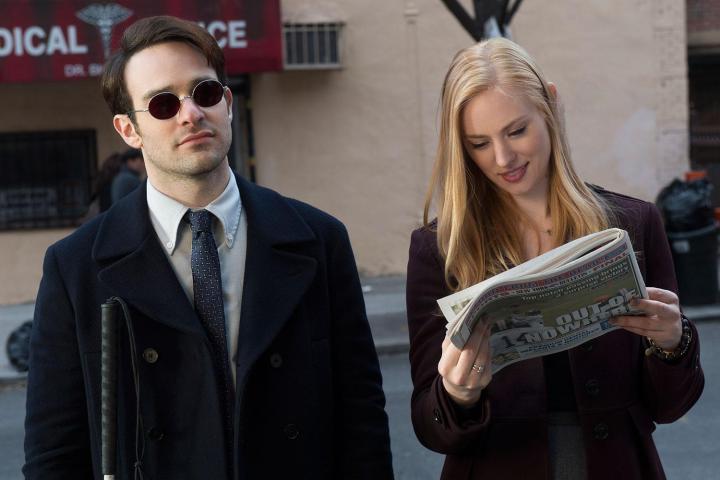
Now, visually impaired subscribers can enjoy the original series with a narration track that describes everything happening on screen, from physical actions, to facial expressions, costumes, settings, and scene changes. Anyone knows that especially with superhero flicks, the visuals are a large part of the experience. So this is a major move, not to mention a great first choice that will really put the option to the test.
The narration track will be available under Netflix’s language options menu. More titles will get audio tracks for the visually impaired over the coming weeks. And, not surprisingly, they’re all Netflix original series, including the current and previous seasons of House of Cards, Orange is the New Black, Unbreakable Kimmy Schmidt, and Marco Polo.
Related: Netflix/Marvel’s Daredevil changes the game for superhero stories on TV
Tracy Wright, Director of Content Operations at Netflix, says the over-the-top streaming video service is “actively committed to increasing the number of audio-visual translations for movies and shows in our English-language catalogues. We are also exploring adding audio description into other languages in the future.” She also hinted at working with studios and other content owners to offer audio descriptions for other select shows and movies as well, across a range of devices.
Data cited by the National Federation of the Blind (NFB) estimates that in 2012, there were more than 6.6 million American adults with a visual disability. The American Foundation for the Blind (AFB) notes a 2012 National Health Interview Survey (NHIS) Preliminary Report that found nearly 10% of all adult Americans reported either having trouble seeing (even with glasses or contacts) or were completely blind.
This is all great news for the visually impaired who want to be able to enjoy Netflix content to its fullest. And it provides an incentive for households with visually impaired members to sign on – most content on Netflix is also available through a variety of alternative services, except for the original series.


